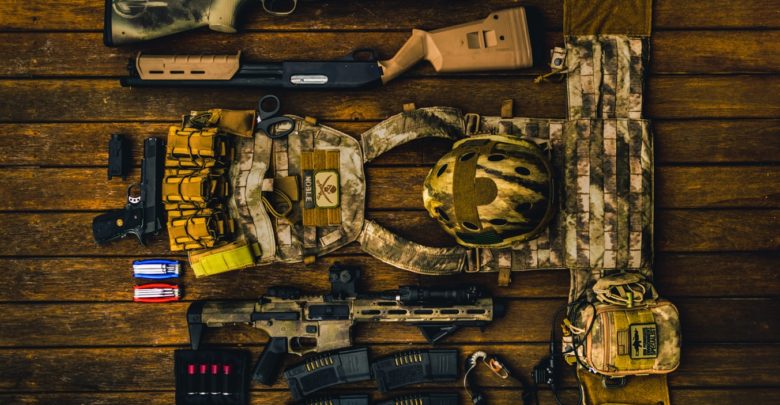
Marines are arguably the ultimate athletes. They take their body to the limit in a day to day bid to survive. Everything relies on them being physically capable of carrying out their task – no exception. So, it’s safe to say being as fit as a marine is something we all admire. Even city slickers in their high-rise offices attend army bootcamps for the rush, push, and bragging rights.
But what makes soldiers so special? How can the modern military take so many average men and women to the pinnacle of physical fitness? No – it’s not all about driving the body to the point of breaking day after day anymore. According to some of the West’s top military trainers, it’s more about science than ever.
Old-School Tactics
Unless you’re tucked up in the war room, your job as military personnel requires movement. You might be entrenched on the front-line sprinting through rapid successions of gunfire or marching for fifteen kilometers to reach a neighboring checkpoint. As a result, you must be physically prepared to both move explosively and sustain high output for short periods and sustain the pace over long stretches.
Sometimes a soldier might not see action at all, which doesn’t mean their job isn’t physically demanding. There are always drills to be carried out, wares to carry, and roads to be travelled. It’s not all sit back and hacky sack like the movies make us believe.
Now, the old way to train soldiers was brutal and in hindsight, slightly archaic. PT’s would have their personnel exercise to the point of complete exhaustion on a regular basis. High-rep circuits and long-distance slogs made their joints crumble, tendons sever, and guts puke. It did work (somewhat) but there was a huge cost – a high percentage of soldiers suffered overuse injury before they even stepped foot on the battlefield.
The old-school “more of more” mantra took its toll – times needed to change. With today’s advancements in sport science we understand that more isn’t always more, it’s often less. We’d already seen shifts in mindset among NFL and NBL coaches paying off on the field; was it time to put the same protocols in place for soldiers?
Building a Modern Marine
We’re not saying all past military preparation training was bad. In fact, it was a military specialist who proposed the reps and set method we all use today! He saw a route to get injured soldiers back on their feet through progressive overloading muscles. By having hurt soldiers gradually increase weight, reps, or sets, he could re-strengthen their bodies safely and effectively over time.
Another old-school favorite was to center workouts around bodyweight calisthenic exercises. This makes a lot of sense, given personnel out on the field generally don’t have velocity sensors and Olympic lifting platforms on hand. Plus, learning how to move your body well serves extremely well for the task at hand.
What we’ve done today is delve a little deeper into a soldier’s needs. Modern marines need to be agile, powerful, strong, and able to adjust instantaneously. They aren’t sprinters running in a straight line or Powerlifters working on pushing weight. They’re the ultimate athlete – carrying ammunition, scaling a rope with their bare hands, sprinting toward a checkpoint, or engaging in hand to hand combat.
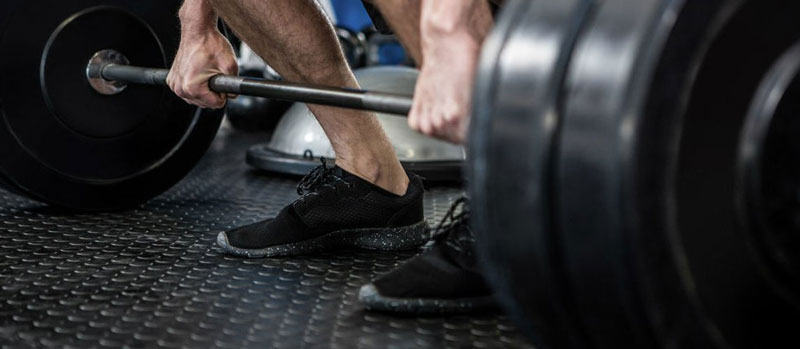
1a. Four main compounds
- 1-6 Reps (Strength)
- 3-5 Sets
So, it was about time to actually start training them like athletes. Today you’ll find many marines use the big four compound movements in their training. Create your own foundation of strength by hitting each one once a week for your main, big lift. You can also add variations into your workouts later on too – say font squats or pause deadlifts.
Here are your big four:
They’re also movement patterns that directly translate into a warzone. Besides from creating a base of strength you can build power upon, they’re functional as hell. You never know when you’ll have to deadlift a heavy weight, squat it on your shoulder, and press it to a buddy. Master these major movement patterns and prepare your body for any obstacle!
1b. Accessories
- 1-20 Reps (1-3 Power/Strength, 3-10 Strength, 10-15 Hypertrophy, 15+ Endurance)
- 3-5 Sets
Accessories are your next priority to build on weak areas and support stability. If you don’t have the luxury of an S+C coach, check your own movement patterns and take feedback from your four big lifts. Could pause deadlifts or glute bridges help you lockout a deadlift better? Do you need to concentrate on challenging that core against fatigue? It’s down to you to assess your needs. You might choose power-cleans or another Oly lift variation to build power, for example.
There are plenty of resources online outlining how to use accessory exercises. Sharpen your mind with this information and the body will follow.
1c. Loaded carries
Loaded carries can be a great tool to simulate carrying ammunition cases across a compound. You could grab two kettlebells instead of ammunition tins. Carry a sandbag up-front against your chest for time or distance.
Low walking lunges can help prepare a marine’s legs and core to fight the instability and lactic acid build-up of a crouched combat base too. These can also be loaded up with a pair of dumbbells or kettlebells, depending on your height.
Do you see where we’re going with this? A lot of what’s taken modern marines to the next level is task specific training.
1d. Bodyweight training
Bodyweight exercises are still a bulky part of marine programming. So much so, that even fire fight units often have one member who is trained in keeping his brothers in arms fit. They attend courses to learn the necessary cues to create workouts and guide other personnel through workouts in warzones. As a marine, not a day goes by without some form of physical training!
In terms of bodyweight exercises, push-ups and pullups are actually part of the marine’s selection process. They’re a great general indicator of how well someone can handle the weight of their own body, so they’re the obvious go-to.
Air squats, pistol squats, lunges, and planks are also indispensable tools for the modern marine. Anybody who has tried a pistol squat for themselves knows how technically and physically demanding they can be. Make the most of calisthenic training and use it creatively! Imagine you’re out in the field without fancy gym equipment.
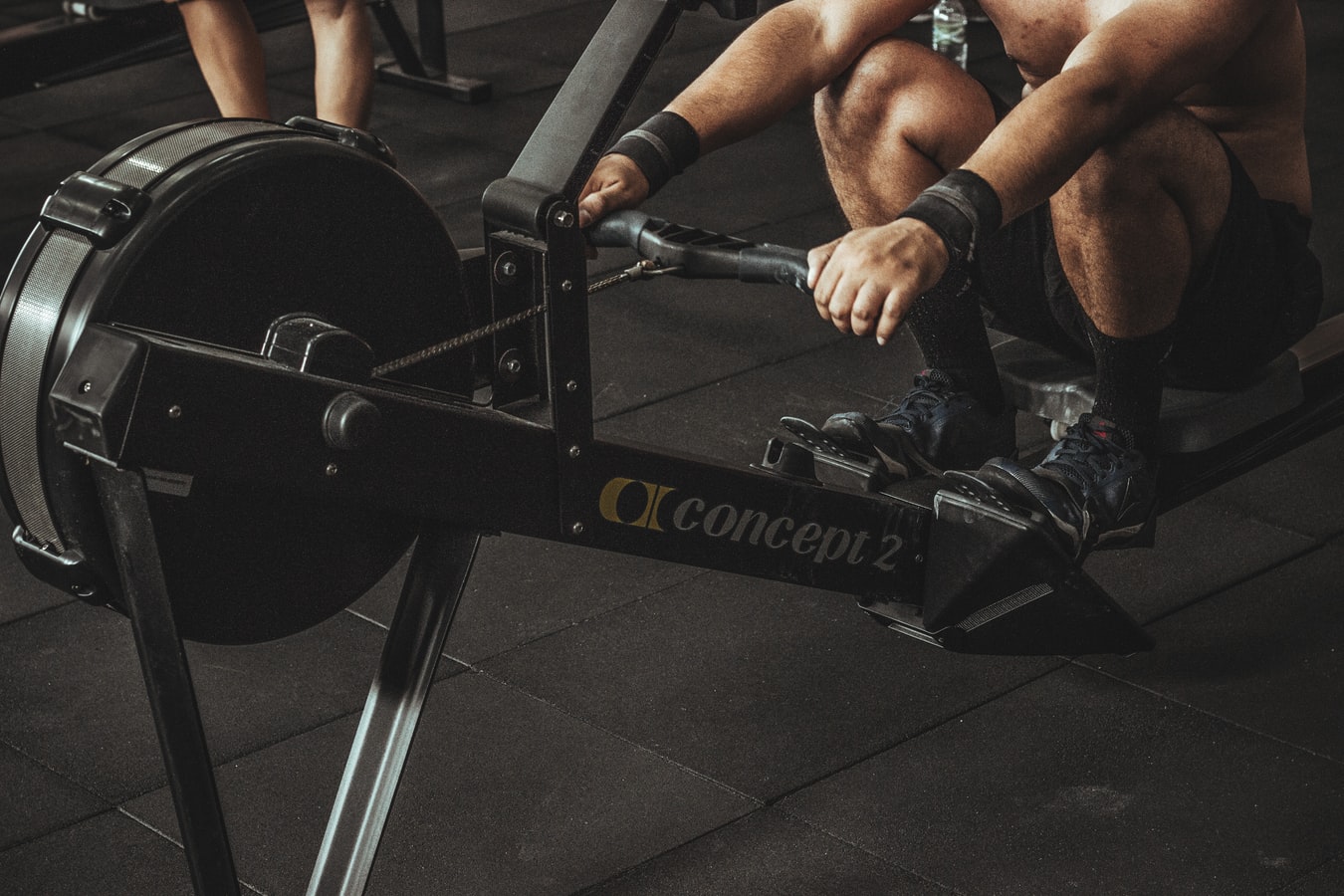
2a. Conditioning
- (1-3x Per Week)
Back in the day, boxers would swear by a 10k run to start their morning. But, while it’s not necessarily ideal for an in-camp MMA fighter, marines can benefit tremendously from a regular long run. Once a week is typically enough to keep yourself ticking over – maintaining a steady pace during the entire distance.
Okay, so lacing up your Asics and striding around the block isn’t new. We’re not throwing out the baby with the bathwater here, if it works, it stays. So, the same goes for shorter distances hiked up with a higher pace. Fire up the treadmill and hit 1.5k once a week at a moderate-high pace.
Sprints? Yes sir, 10-60 seconds maximum effort at a time – more bragging rights for running on an incline.
The trick to elite level military fitness is to train all three energy systems:
- #1 – Phosphagen System (ATP-PCr): 10-15 seconds of maximal speed/intensity
- #2 – Glycolytic System: 20-90 seconds near maximal speed/intensity
- #3 – Aerobic System: Moderate/Long
Energy systems can flow into one another seamlessly. There’s even a slight crossover as one anticipates the other.
So, you could liken a bout of 10-second maximum speed sprints to training your ATP system. Recovery between sets can take around 3-5 minutes to restore lost ATP.
On the other hand, a 60-second punchout or near max sprint taps into the glycolytic system. This type of training often leaves you burning and ready to fall into a heap on the floor. As you can imagine, longer rests are necessary here.
Finally, you’ve got your long steady-state aerobic training. Think about an 8k jog first thing in the morning or a ride out on the push iron at sundown. You are engine building here, expanding and solidifying your aerobic base to build your other two systems on top of.
Elite marine’s must prove to their superiors they not only have the fitness, but the sheer tenacity to run brutally long distances, just to be selected. So, as much as you can use this training method to condition the body, it’s a tool to test and sharpen the mind. Push yourself to that dark place from time to time. Feel every ounce of your body scream to give up – practice not letting it.
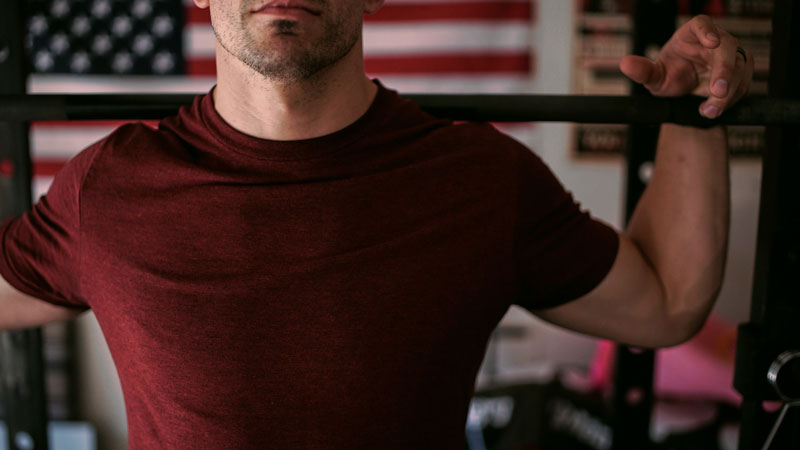
Last lift
We were never going to just throw a workout at you and send you on your way! We wanted to give you the tools to build your own. Here are a few more useful tips for your training:
- Rest as long as necessary – (3+minutes during sets of power training)
- Use your long weekly run as a form of active recovery on the weekend
- Deload every 4 to 6 weeks – allow your body time to recuperate
- Listen to your body for cues of overtraining – colds, excess fatigue, weakness, sleep issues, niggling injury etc.
- Add weight to any bodyweight exercise with a loaded backpack or vest
Now, go get it!
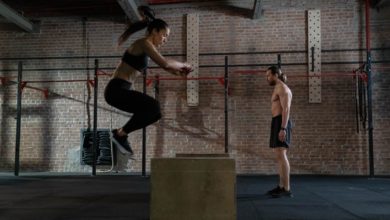


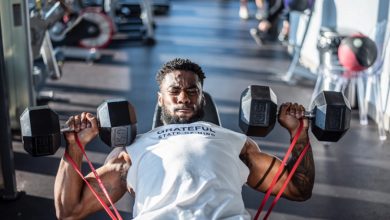



Love the video! I’m also struggling for a healthier me, I’ve even start running with SportMe marathon training app and I can say I’m on the right track now. Fitness training is an important part of my losing weight plan, and your blog posts are a true inspiration!
LOVE this article. So many people only exercise one way, all lifting and no cardio or vice versa. Training like a marine would make you strong and healthy in every regard. How many people have ever even tried loaded carries? Talk about “functional strength”!
I appreciate blog posts such as this one. I will surely follow a few of them. Keep writing such detailed blogs.
Great article. One thing I’ve always wondered is what in the way of prehab, rehab style work is done in the marines? For such high volumes of exercise, you’d imagine that injuries are inevitable. What’s the protocol?
Some of my favorite workout exercises. Really good list of people . keep it up
Yoga is for EVERYBODY TYPE. All genders, old, young, and the benefits are long-lasting. Come to see flexibility and strength as the bonus that comes with it.
I appreciate blog posts such as this one. I will surely follow a few of them. Keep writing such detailed blogs.
Some of my favorite workout exercises. Really good list of people . keep it up